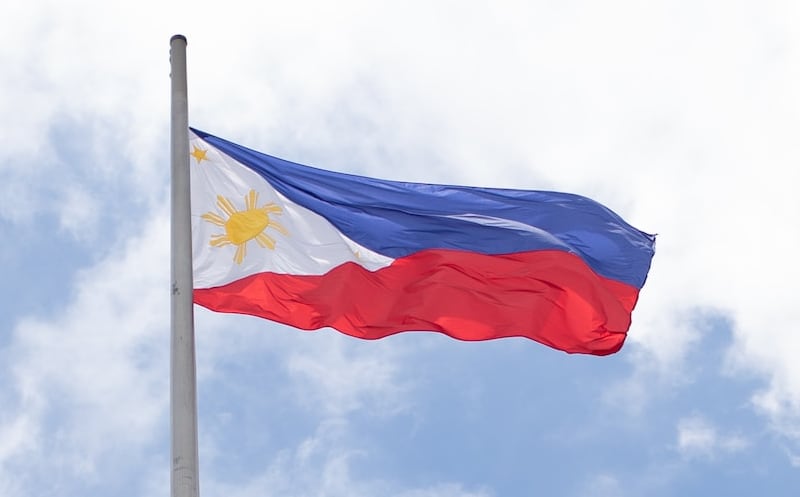The government of the Philippines is reported to be back seeking indemnity insurance protection for critical infrastructure and this is said to be being pursued instead of a renewal of its World Bank catastrophe bond, according to Bloomberg.
As a reminder, the Philippines government had a World Bank issued IBRD CAR 123-124 catastrophe bond that provided both earthquake and typhoon wind and rainfall protection on a parametric basis.
The government benefited from a $52.5 million recovery from the originally $150 million of tropical cyclone exposed Class B cat bond notes with this deal, after the impacts of super typhoon Rai (locally known as Odette) in late 2021.
The Philippines World Bank cat bond then matured without further loss, despite having been on-watch due to additional storms wind and rainfall, view the timeline here.
But, despite the successful recovery being made from the first catastrophe bond the country had sponsored, a report from Bloomberg suggests that, for now, the government has returned its focus to indemnity protection.
The Philippines Finance Secretary Benjamin Diokno told Bloomberg that the country is working to put in place an indemnity insurance program to cover critical infrastructure, such as schools, medical facilities, roads and bridges.
A budget item for around US $37 million of premium is being set, although this is for the 2024 budget it appears, suggesting it may take some time for the infrastructure cover to be in place.
Diokno said that the idea is to have disaster insurance protection in place that can “ensure immediate funding” for repairing critical assets.
As anyone involved in insurance knows, indemnity cover payouts are not always immediate and it’s perhaps a little surprising a parametric solution isn’t being considered.
The Philippines will look to access global insurance and reinsurance markets via its own Government Service Insurance System (GSIS), which in turn provides the insurance to the Bureau of the Treasury.
This infrastructure insurance arrangement, between the GSIS and Treasury has been in place before, while the Philippines has also previously sought private market insurance and reinsurance capacity to back roughly US $19.6 billion of state and critical assets.
Having previously failed to place the cover, with pricing said a key issue, it remains to be seen how successful a placement is in time for 2024.
Previously this program was named the National Indemnity Insurance Program, and was designed to provide insurance protection covering a range of state assets, such as schools, roads and bridges, across parts of the Philippines eastern seaboard, with the program underpinned by global reinsurance market support.
The program would provide indemnity insurance protection against damages from fire, lightning and natural catastrophe events including typhoons, floods, earthquakes, volcanic eruptions and storm surges, while the goal was to fund its claims paying ability through the global reinsurance market.
You would have thought a renewal of the Philippines catastrophe bond, perhaps with an improved and modernised trigger arrangement, might have been able to provide a responsive mechanism to provide some of this cover.
However, the range of perils the Philippines really wants coverage for are likely too broad and lacking in modelling, for the capital markets.
Bloomberg reports that Finance Secretary Benjamin Diokno said the country is now aiming to put in place this indemnity insurance program instead of another catastrophe bond issue.
Which would be a shame, as parametric protection focused on the peak perils of earthquake and cyclone risk seems a valuable source of disaster risk financing for a country that is one of the most exposed on the planet to these threats.
Whether an indemnity insurance program for infrastructure can provide the responsive and fast paying coverage the Philippines government wants, remains to be seen. As too does global re/insurance market appetite for a broad cover, exposed to the full range of perils that the country faces.
It feels likely that this is another step in the Philippines development of its broad disaster risk transfer and financing arrangements, which has been underway for a number of years.
It’s entirely possible the country returns to the catastrophe bond market in future, perhaps after it has some additional level of specific infrastructure protection in place and more as a contingent capital source to protect its economy and finances against peak peril catastrophe-linked shocks.









































